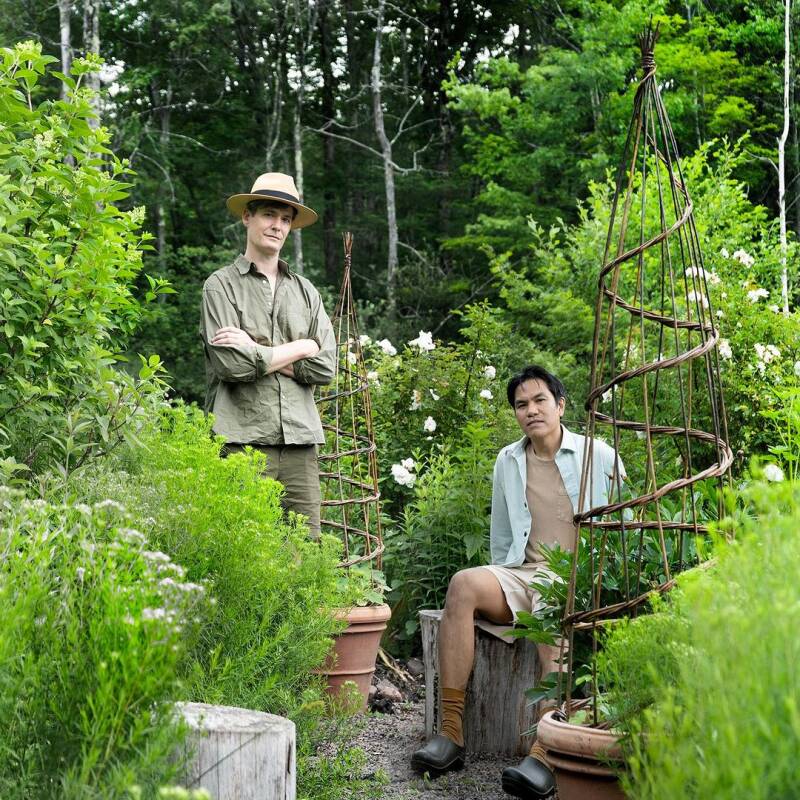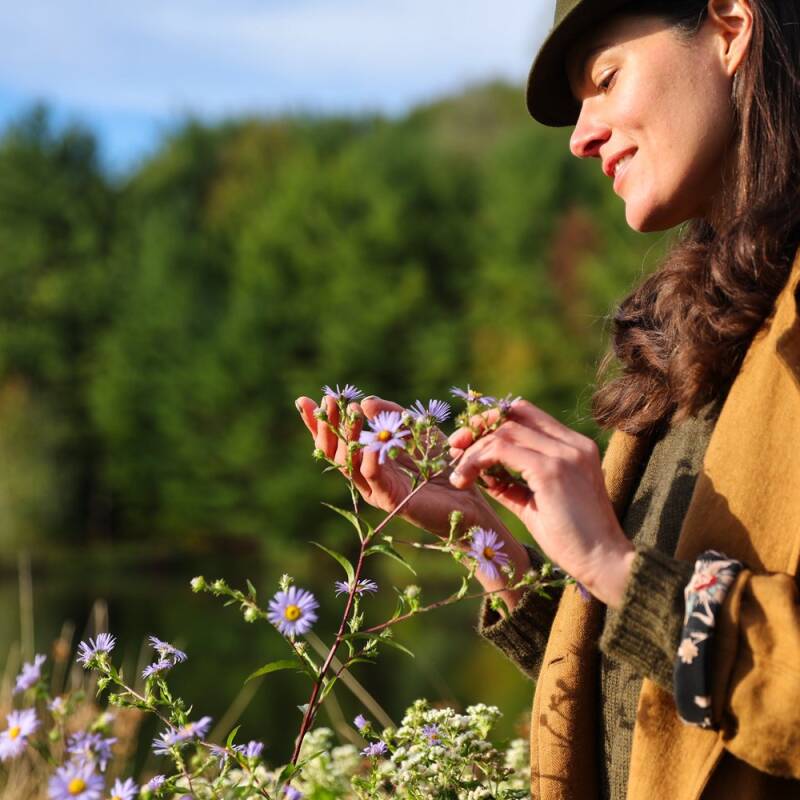As the last copy of the final edition of The New York Times Home Section rolls off the presses today, I will lose an old friend. You too? Let’s reminisce.
There was a time when Thursday was the best morning of the week, thanks to the Home Section. Before the Internet and stylist-prepped Instagram feeds, it felt like a gift to get any reliable news about interior and garden design. Reading the Home Section was the only way to confirm a hunch that, say, ceiling pot racks were gaining ground as acceptable kitchen storage (“it’s the Let-It-All-Hang-Out approach–literally”).
If there were weeks when the report was less than electric (an exhibit of quilts seemed always to be on the verge of opening at some crafts museum or another in the tri-state region), it did not matter. The paper had wonderful writers. There was Mary Cantwell’s “Close to Home” column, and Jean Kerr doing a guest turn in the Living Section (yes, there used to be a Living Section too). And there was Anna Quindlen, channeling Kerr to describe domestic drama: “The painters are going into their fifth week at our house, which is right on schedule, according to painter time, because they said they would be done in two.”
From those writers, I learned to love the domestic life. And more. I learned:

It’s OK to Be Late to a Trend
One thing you could not count on the Home Section for was actual coverage of new home design trends–like, say, shag carpeting or avocado-colored appliances (neither of which was mentioned in the 1970s). Only if a trend had the staying power to become a classic would we hear about it. Eventually. This blackout on fads saved me from sponge-painted apricot walls in the ’80s, and for that I will always be grateful.
Garden Writing Doesn’t Have to Be Boring
In 1991, when gardening writer Anne Raver introduced herself to readers with a story about double digging, she wrote, “Double digging is not for the fainthearted, the wimps who use rototillers to churn up a mere six inches or so of soil.” Then she described–in fewer than 200 words–how deep to go (“feels like you’re digging to China…or perhaps your own grave”); the nickname the English gave double digging (“bastard trenching”), and garden history from 3000 B.C. to modern times, when “the Californians made it a religion: Zen in the Art of Double Digging.”
I think I have read every one of her subsequent 1,097 articles and no, I was not happy when she decided it was time to say goodbye to the family farm.
Lie About Your Age
If you prefer not to tell how old you are, fib. This is preferable to being described in the newspaper as “a Camay soap user who declined to give her age,” which sounds like you have something to hide. The Times’ stylebook instructs reporters and editors to reveal people’s ages if they are “useful or relevant.” So the next time a reporter asks, I recommend you say “21,” which is young enough to be useful or relevant but still old enough to drink.
Never Look at Yourself in a Full-Length Mirror
In the 1970s–with the nation still reeling from Vietnam, China conducting nuclear tests, and the Sex Pistols swearing on TV–Jean Kerr went to Bloomingdale’s to buy an omelet pan. Her subsequent shock at catching sight of herself in an unexpected full-length mirror “in what I considered the total safety of pots and pans” led to a list of New Year’s resolutions, No. 1 of which was never to go to Bloomingdale’s without first getting her hair done. The last was to “remember that there are no foolproof ways of reforming yourself.”
Some people fault Kerr for making life sound like too much of a lark. What I’ve always wondered was how the omelet turned out.
Look at Yourself in a Full-Length Mirror
When Mary Cantwell died in 2000, the obituary noted that she “wrote essays, books, and editorials for The New York Times, many about the changing public and private lives of women in America.”
She also wrote, in her “Close to Home” column, about her annual ritual of going to a New England antiques show where the imagined past lives of objects made her love them. “What I wanted was a small lamp that cost $2,450. What I bought were six hand-crocheted potholders at $2 apiece. No matter. I was as content with the second as I would have been with the first.”
The purchase was the point, she realized. “They are crocheted in the ‘wrong’ colors–poison greens and pinks; various violations of purple–but the workmanship! Truly, I wish you could see them.”
I can.
For more of Michelle’s Domestic Dispatches, see:
- What I Love (and Hate) About Ikea.
- The Death of the Dining Room.
- My Dirty Secret: Learning to Live with a Marble Backsplash.
And read Julie’s farewell to a friend on Remodelista at Good Night and Good Luck: 9 Reasons We’re Sad to Bid Farewell to the NY Times Home Section.








Have a Question or Comment About This Post?
Join the conversation